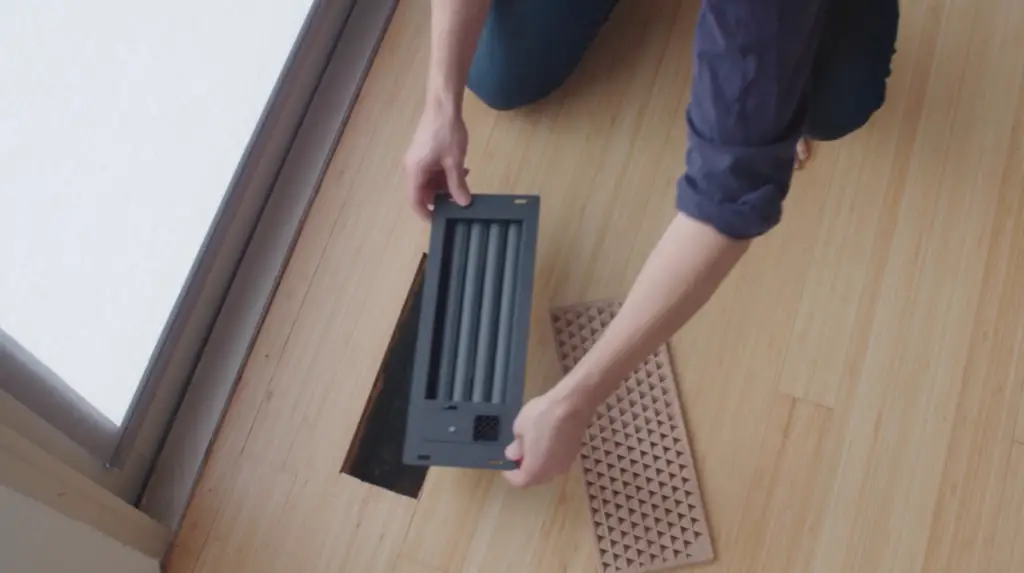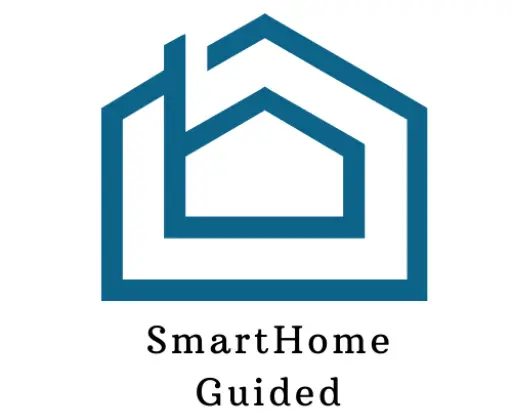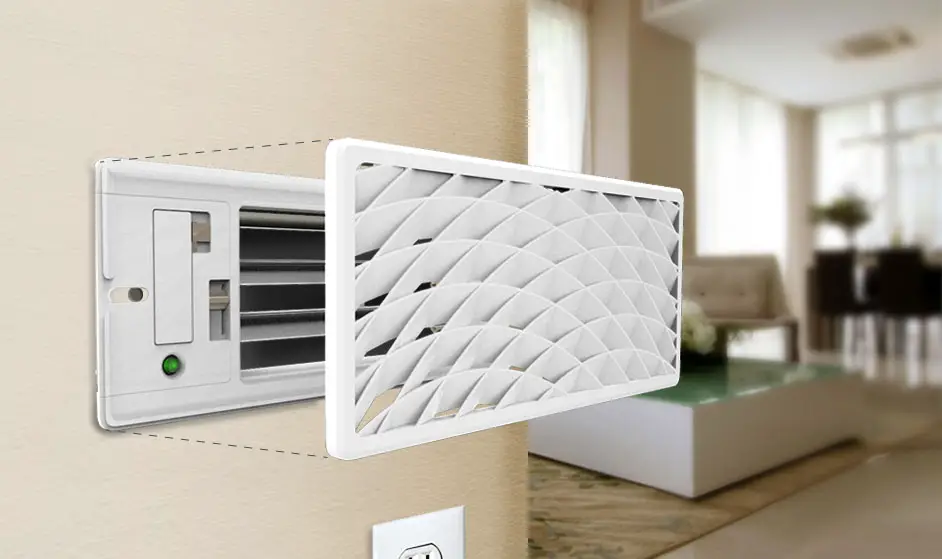Just about everyone has a smartphone these days. They’re convenient, they make our lives easier, and they’re even becoming more affordable. So it’s no surprise that many homeowners are looking for ways to “smartify” their homes – that is, to add features that can be controlled by a smartphone or other devices.
One way to do this is to install ENERGY STAR-certified smart vents. Smart vents can help improve the efficiency of your home’s heating, ventilation, and air conditioning (HVAC) system by automatically opening and closing to regulate the flow of air. This can save you money on your energy bills and help keep your home comfortable.
But are smart vents bad for HVAC? While smart vents can certainly help improve the efficiency of your HVAC system, there are also some potential drawbacks to consider.
How Smart Vents Can Help Improve HVAC Efficiency
As we mentioned, smart vents can help improve the efficiency of your HVAC system. By automatically opening and closing to regulate the flow of air, smart vents can help keep your home comfortable while using less energy.
In fact, according to the U.S. Department of Energy, properly installed and programmed smart vents can save you up to 30% on your energy bills.
In addition, smart vents can help improve the indoor air quality of your home. By allowing you to control the flow of air, you can help reduce the amount of dust, pollen, and other allergens that enter your home. This can be especially beneficial for people with allergies or asthma.
If you’re interested in saving money and improving your home’s air quality, then smart vents might be a good option for you. Be sure to do your research to find the best product for your needs, and always consult a professional if you’re not sure about installation or programming.
The Pros and Cons of Smart Vents
So now that we know how smart vents can help improve the efficiency of your HVAC system, let’s take a look at some of the pros and cons of smart vents.
Pros
- Can save you money on your energy bills
- Can help improve the indoor air quality of your home
- Can help keep your home comfortable
- Are easy to install
Cons
- Can be expensive
- May not work with all HVAC systems
- May require professional installation
Overall, smart vents can be a great addition to your home. They can save you money on your energy bills and help improve the indoor air quality of your home. However, they can be expensive and may require professional installation.
If you are considering adding smart vents to your home, be sure to do your research to ensure they will work with your HVAC system and to get the best price.
How Smart Vents Work
Smart vents work by automatically opening and closing to regulate the flow of air. This can be done in a number of ways, but most smart vents use either sensors or a central control unit to determine when and how to open and close.
Sensors are typically placed in strategic locations throughout the home, such as in the living room, bedroom, and kitchen. These sensors can detect things like temperature, humidity, and motion. Based on the data they collect, the sensors will send a signal to the smart vents to open or close.
Central control units are typically used in larger homes or commercial buildings. These units are usually located in a central location, such as a basement or utility room. The central control unit will collect data from various sensors placed throughout the building and use this data to determine when and how to open and close the smart vents.
Smart vents can provide a number of benefits, including improved energy efficiency, increased comfort, and improved indoor air quality. By automatically opening and closing to regulate the flow of air, smart vents can help to keep the temperature and humidity at comfortable levels, while also preventing the build-up of pollutants.
In addition to the benefits they provide, smart vents can also help to reduce your energy costs. By keeping the temperature and humidity at comfortable levels, you can reduce your reliance on heating and cooling systems, which can save you money on your energy bills.
The Different Types of Smart Vents Available

There are a few different types of smart vents available on the market today. The type of smart vent you choose will depend on your specific needs and preferences.
Wi-Fi Smart Vents
Wi-Fi smart vents are the most popular type of smart vent. These vents connect to your home’s Wi-Fi network and can be controlled using a smartphone or other devices. Wi-Fi smart vents are typically easy to install and can be controlled from anywhere in the world.
Bluetooth Smart Vents
Bluetooth smart vents are similar to Wi-Fi smart vents, but they connect to your devices using Bluetooth instead of Wi-Fi. Bluetooth smart vents typically have a shorter range than Wi-Fi smart vents, but they can still be controlled from anywhere in the house.
Z-Wave Smart Vents
Z-Wave smart vents are a type of wireless smart vent. They connect to a central control unit using a Z-Wave wireless signal. Z-Wave smart vents are typically more expensive than Wi-Fi or Bluetooth smart vents, but they offer a longer range and greater compatibility with other devices.
Smart vents are a great way to improve the efficiency of your home’s heating and cooling system. They can help you save money on your energy bills and make your home more comfortable. If you’re thinking about installing smart vents, be sure to research the different types of vents available to find the best option for your home.
Which Smart Vent is Right for Your Home?
Now that we’ve seen some of the different types of smart vents available, you might be wondering which one is right for your home. The best way to decide is to consider your specific needs and preferences.
If you want a smart vent that you can control from anywhere in the world, then a Wi-Fi smart vent is probably your best bet. If you’re looking for a smart vent that is easy to install and doesn’t require a central control unit, then a Bluetooth smart vent might be a good option for you.
Finally, if you want a smart vent that offers a longer range and greater compatibility with other devices, then a Z-Wave smart vent might be the best choice for your home.
How to Install a Smart Vent
Installing a smart vent is typically a fairly easy process. Most smart vents come with everything you need for installation, including instructions. In most cases, you’ll just need to remove the old vent cover and replace it with the new smart vent.
However, some smart vents may require professional installation. If you’re not sure whether or not you can install the smart vent yourself, it’s always best to consult with a professional.

